Best Superfoods For a Healthy Diet
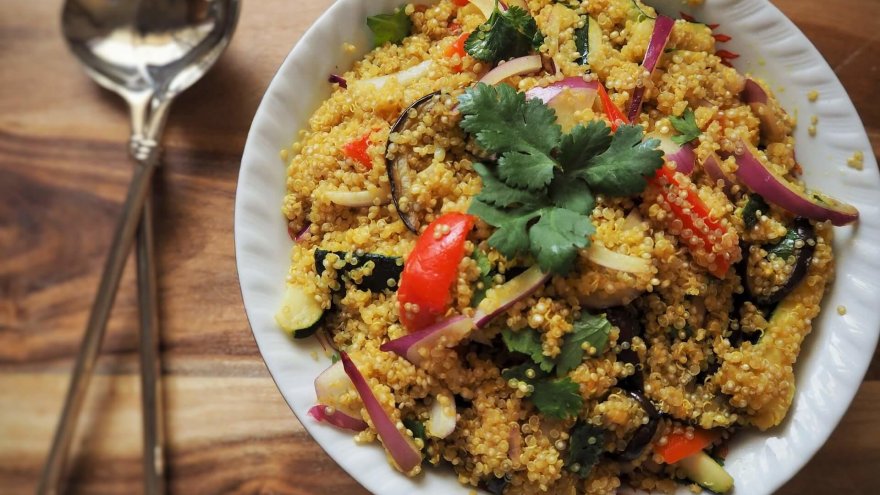
Superfoods are an essential addition to athletes’ diets looking to optimize their performance and keep their nutrition up to par.
These nutritionally dense superfoods provide you with essential health benefits that improve your performance and keep your body running efficiently. In addition, research shows that superfoods eliminate unwanted bacteria and prevent diabetes, clogged arteries, and cancer.
Our list exclusively covers plant-based superfoods—although there are some dairy/meat-based superfoods you can choose from as well. You may find that you are already consuming some of the delicious superfoods currently on our list—which is excellent! These foods fuel your runs and your body deliciously and healthily, and it is important to incorporate them into your diet if you haven’t done so already.
If you want to stay healthy and sure you are providing your body with everything it needs to get through the day and through your workouts, you need to look at the best superfoods and consider incorporating them into your daily diet.
Superfoods provide your body with essential nutrients to ensure you have the energy you need to perform and get through the day. In addition, the best Superfoods will help you get rid of the bad bacteria in your body, unclog your arteries, and even help you prevent diabetes.
Consuming the proper amounts of fruits and vegetables brings you a plethora of health benefits—it improves your pH balance, immunes system, blood sugar levels and prevents and protects against many physical and chronic conditions that affect our society today. A high intake of fruits and vegetables also provides you with a diet rich in antioxidants, which helps your body protect against unwanted free radicals, environmental toxins, and chronic diseases.
We’ve all heard that phrase before. What we fuel our bodies with greatly impacts our performance and overall daily lives. So, it is important to ensure our nutritional choices provide our bodies with the energy and nutrients it needs to keep us going.
These superfoods provide our bodies with high energy levels, which increases our energy levels and allows us to perform to the best of our ability.
A Few Of Our Favorite Superfoods
Kale
Kale is the tough cousin of spinach and lettuce, but maybe that’s because it packs in more nutrients than those do, giving it superfood status.
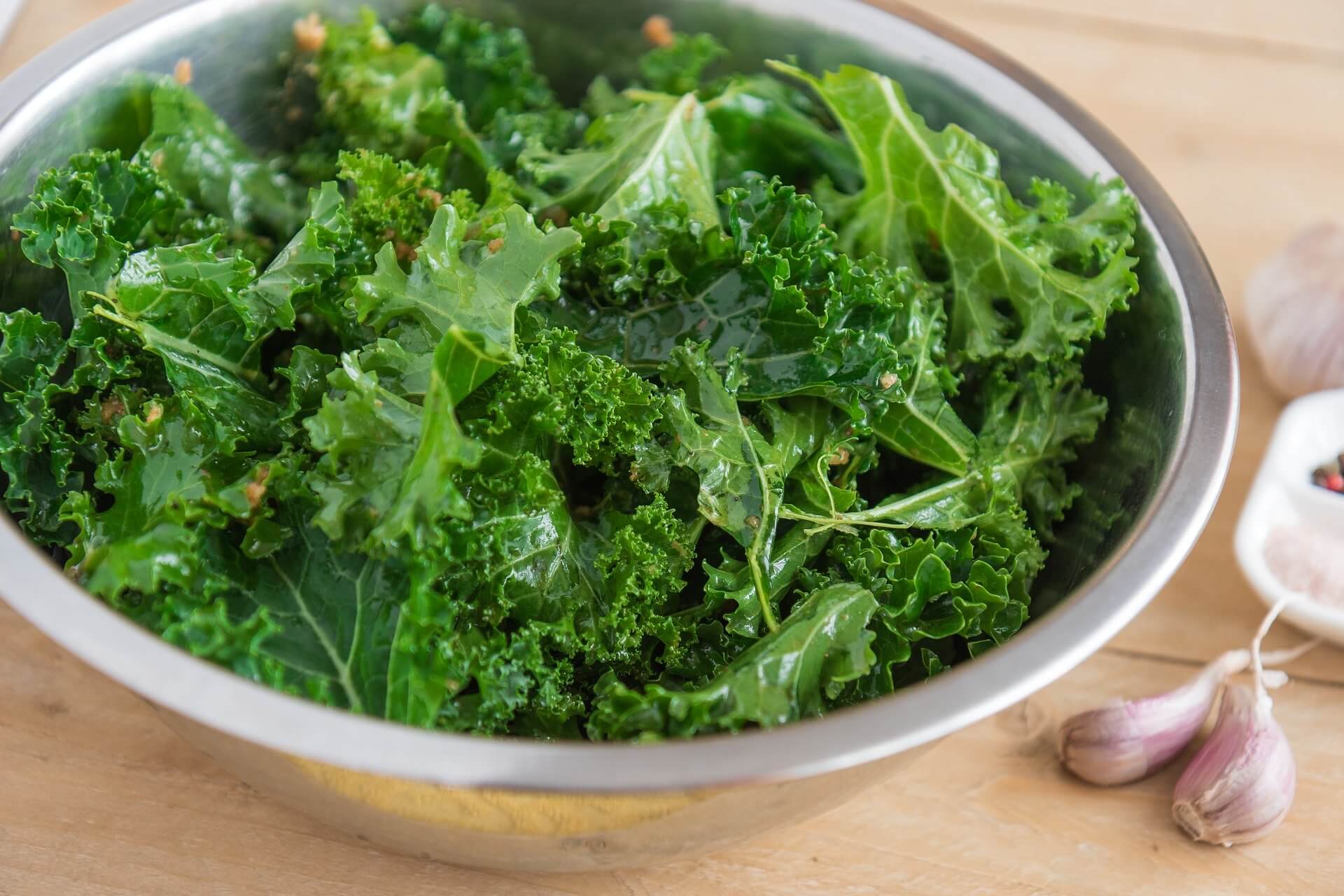
Kale is super high in antioxidants, fiber, calcium, and iron, which means it is great for your bones, skin, hair, digestive system, and many other parts of your body. This superfood is also a great source of copper and manganese. However, it loses a lot of these nutrients when cooked, so kale is a superfood that is best eaten raw.
Kale is great for salad. Try blending it in a smoothie to maintain all of its natural benefits. If you can’t stomach raw kale, try steaming or sautéing it or baking up some crunchy kale chips! Kale is pretty easy to find at the grocery store or farmer’s market. And, it is usually about the same price as other leafy greens.
If all of this food-based awesomeness seems overwhelming, have no fear. Superfoods are really easy to begin incorporating into your diet. Like blueberries, avocado, and chia, many of them can quickly blend into a smoothie or be added as a topping to a regular meal. Others, like quinoa, can be used as a tasty new alternative to a food you eat regularly, like rice. The health benefits of superfoods are enormous, and they are all worth giving a try.
Blueberries
Will you turn into a giant blueberry and have to get put through Willy Wonka’s juicing machine if you eat blueberries? No way! Quite the opposite, actually… they are an incredible superfood!
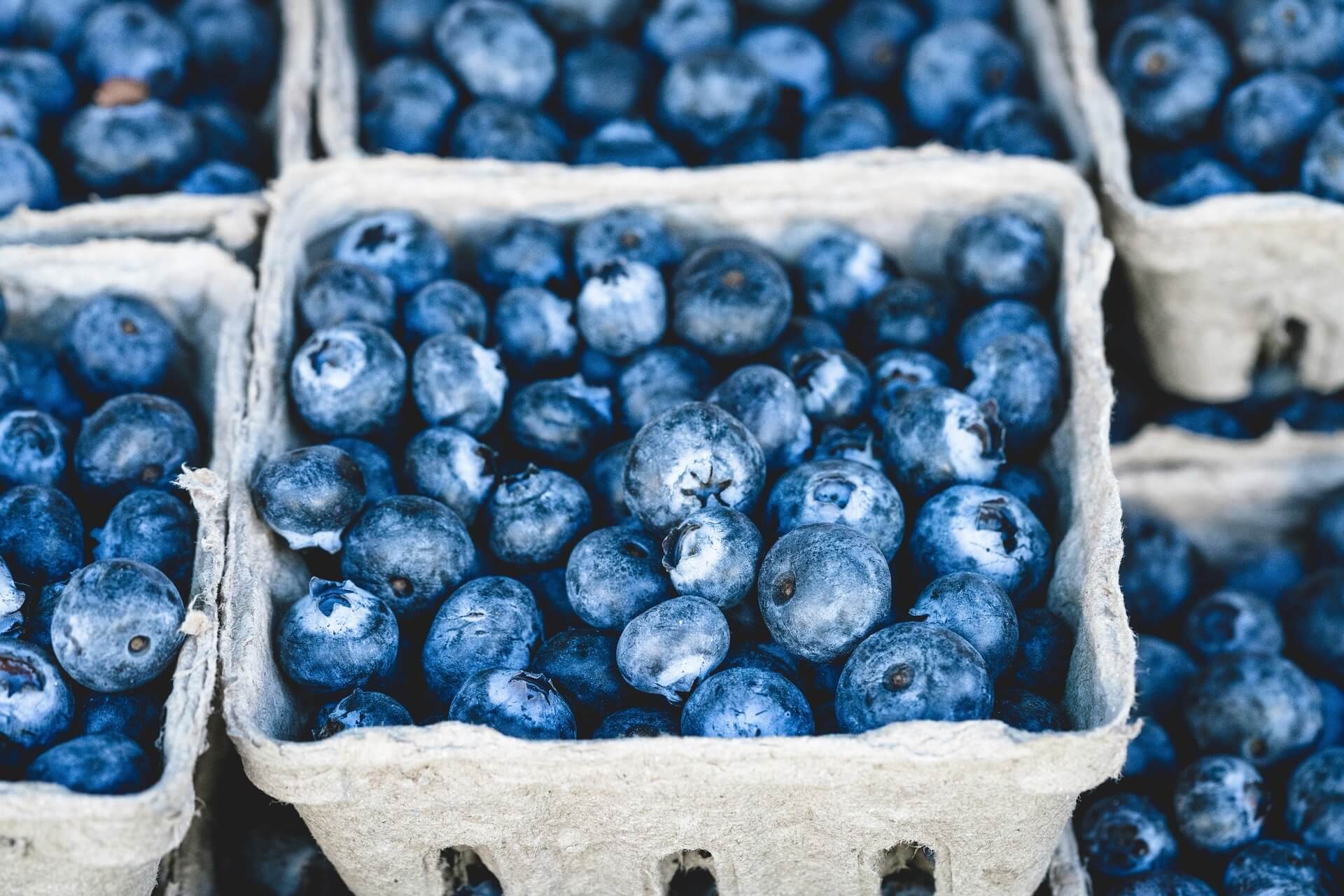
A one-cup serving of blueberries has just 84 calories, but they pack in a lot more. They also contain 4 grams of fiber and most of the RDV of Vitamin C, Vitamin K, and manganese. On top of all that, blueberries have the highest amount of antioxidants of any fruit. Antioxidants help fight free radicals in your body and therefore fight cancer, DNA damage, and aging.
Blueberries are a little bit sweet and a little bit tart. They are great eaten alone and make a great addition to cereal, yogurt, or a smoothie. Blueberries are commonly found at the grocery store, and their price fluctuates with the season. They are cheapest when in season. Unfortunately, they are usually sold in small containers, so you may have to buy a few.
Broccoli
These little green trees are more than just something your mom forced you to eat as a kid. They are a real superfood!
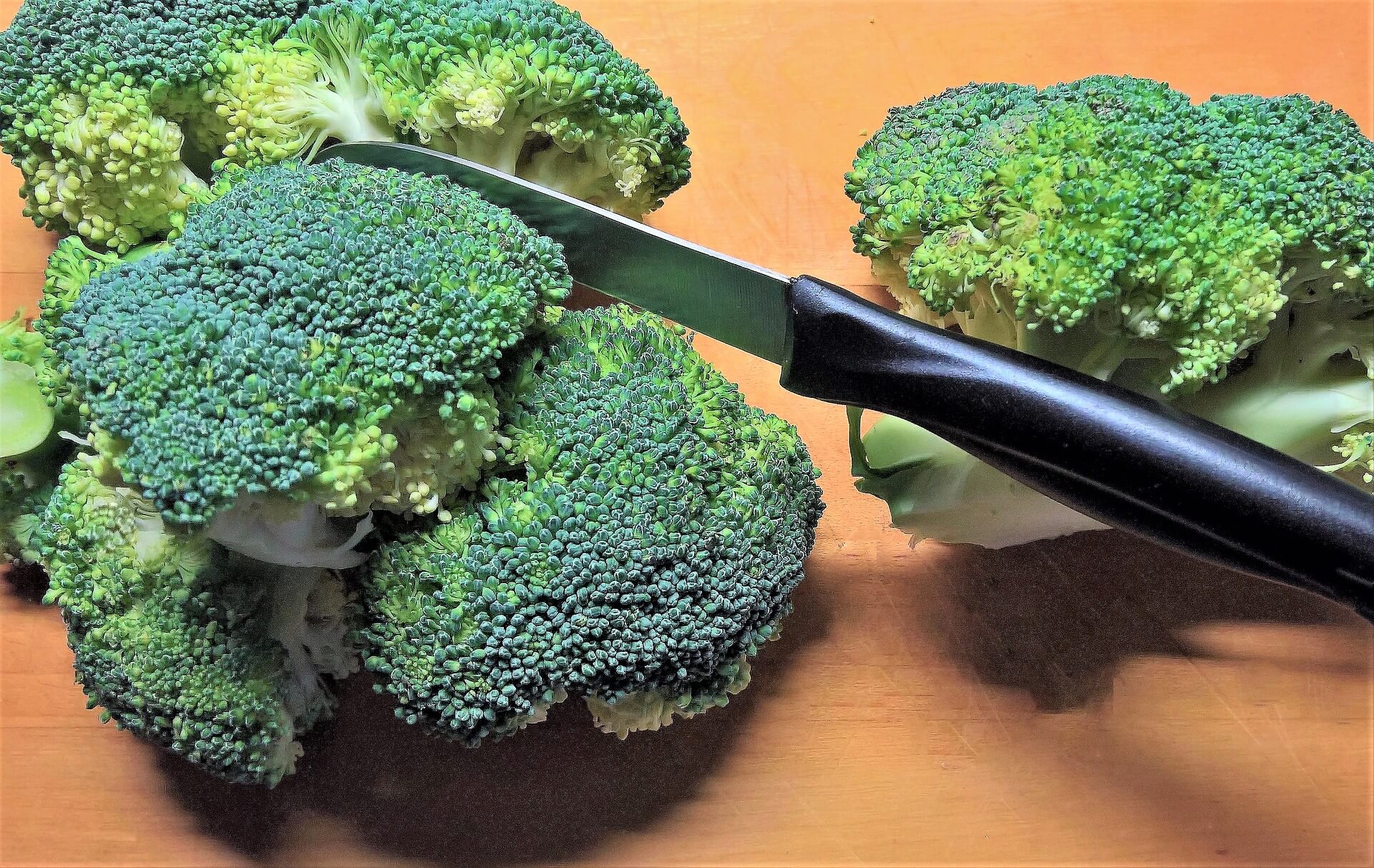
A serving of broccoli packs in 6 grams of protein and also has tons of glucoraphanin, which helps the body detoxify, beta-carotene, zinc, and selenium, which are immune-system boosters, phytonutrients, which help fight inflammation, and indole-3 carbinole, which is known to be a powerful antioxidant and anti-carcinogen. So broccoli is one superfood that helps keep you healthy and fights all bad stuff that attacks your body. Broccoli is a superfood that is easy to find at your local grocer, either in the fresh produce section or frozen.
It is even easy to grow at home in a garden or a pot. It can be eaten raw or cooked, with most people pairing it with hummus, cheese, or another topping of the like. It also makes a great addition to a stir fry or casserole. Broccoli is inexpensive, and its versatility really gives it a bang for your buck.
Avocado
Avocado is another delicious option that finds itself on the superfoods list because of all of the goodness packed inside of its tough black shell. There are tons of different ways you can eat avocados–from avocado egg cups to avocado toast–you have a ton of delicious options to choose from.
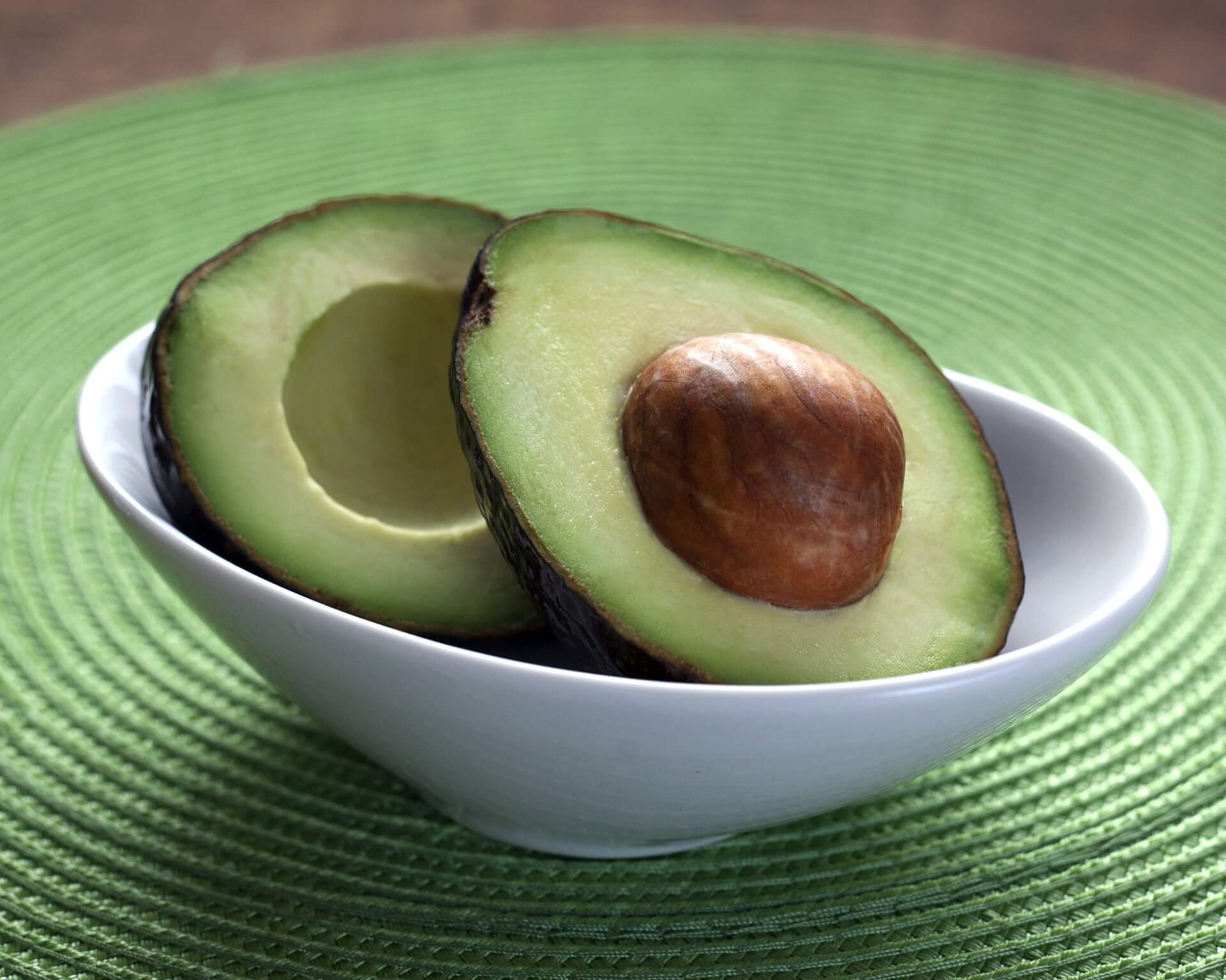
Avocados are a high-fat fruit, but they are full of healthy monosaturated fats, linked to reductions in cancer, heart disease, and diabetes. They also have about 15 grams of fiber per fruit and are high in lutein, an antioxidant that is great for your eyes and skin. Research has also linked these superfoods to blood sugar stabilization, regeneration of tissue and blood, and increased heart health.
Product purity really just depends on where you buy your avocados, whether you buy them at the right time of the year, and if you go with the organic or non-organic option at your grocery store. Before you eat your avocado, make sure to wait for it to ripen. As long as you do that, you can easily make any of your favorite recipes–and trust me; you have a lot to choose from.
Avocados have a smooth, buttery taste and texture, and this superfood isn’t just for guacamole anymore. A growing trend is to use avocado in place of butter n toast or baking. Avocados are commonly found at the grocery store but spoil quickly once the skin is broken. These superfoods are slightly more expensive than the average fruit. But this is not a fair comparison because the ordinary fruit does not have healthy fats and oils and vitamins that help you stay fit and will protect vital organs such as your heart and stimulate healthy brain cell growth!
Quinoa
These grain that looks like a seed are quite the superfoods. Found by the rice in your grocery store, it is unbelievable how much nutrition is packed into these tiny granules. A one-cup serving of quinoa has 222 calories, 3.6 grams of fat, and 40 grams of carbohydrates.
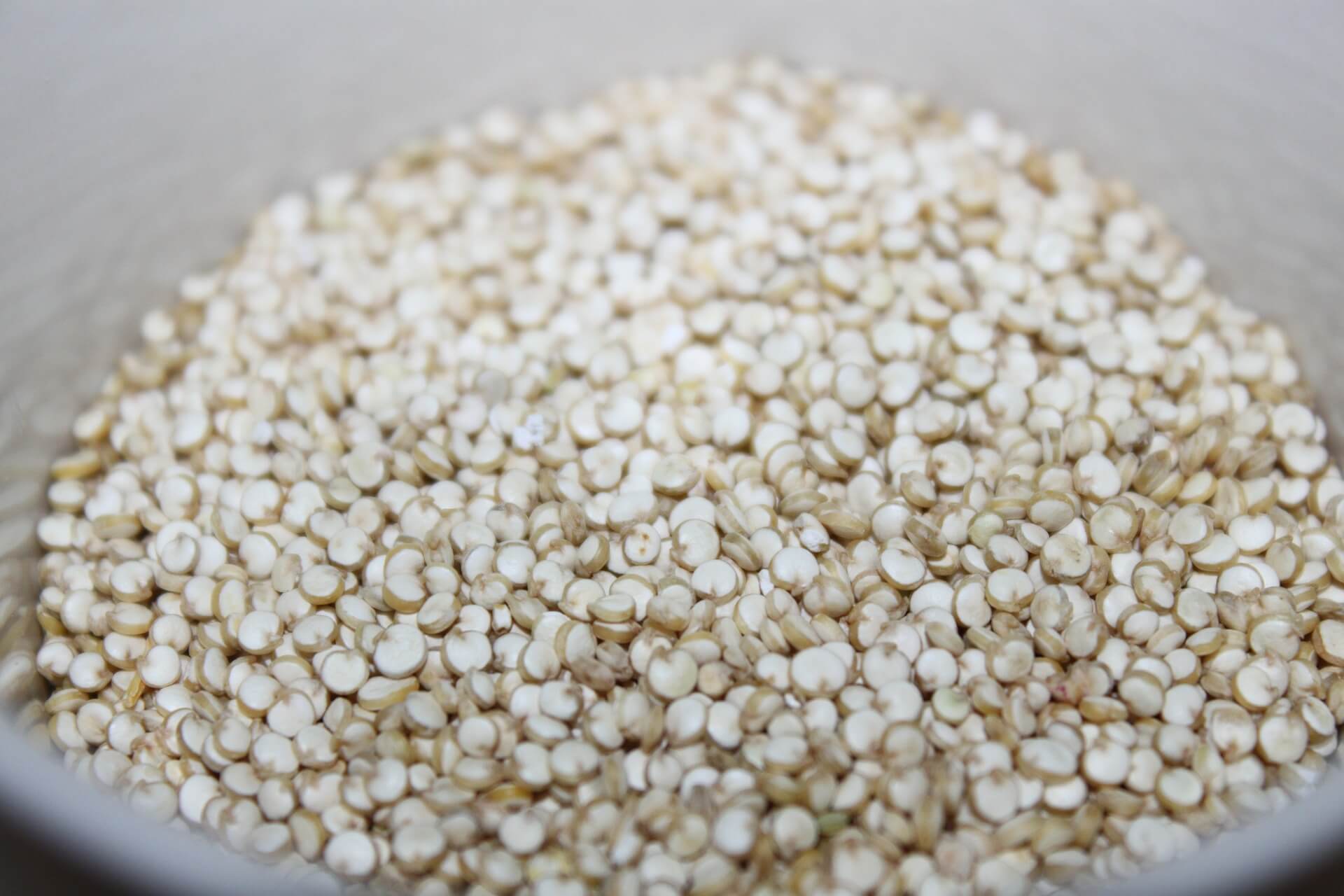
Quinoa is high in protein, with 8 grams per serving, and it also has 5 grams of fiber. These superfoods also have 14 vitamins and 10 minerals, as well as all 9 essential amino acids. So it has everything you need to be healthy literally!
For the most part, most Quinoa brands are those you can trust. We have linked a brand that offers an organic and all-natural option–but if you are going to get your quinoa at your local grocery store, just make sure you take a look at where and how it is sourced. Quinoa can be easily cooked–if you can make rice, then you can make quinoa! There are lots of different recipes you can make with it as well, so you will have loads of options! Quinoa has a slightly nutty taste and has a texture similar to rice. It is quick cooking so that it can be made in a flash for lunch or dinner. These superfoods began growing in popularity a few years ago, so it is pretty easy to find near the rice at your local grocer.
Quinoa is a more expensive grain, but remember, a little goes a long way. You also should look beyond the price tag and consider the actual value this healthy grain provides. Being healthy and making smart choices is well worth the investment needed into more exceptional foods and ingredients for your menu planning. “Quinoa” is one of the best superfoods on our list! The superfoods in this list aren’t just foods that we like to eat and that we deem to be healthy, and they weren’t randomly selected from some list of superfoods (which would be gigantic, by the way). Instead, there is a set of metrics we applied when choosing the superfoods that made our list. The metrics we used are based on scientific research about superfoods and normal concerns about food, including taste, price, and availability.
Sweet Potatoes
Sweet potatoes are a popular and easy to cook superfood. They are delicious and pair easily with almost anything. You can mash them, make them into hash browns, and even make sweet potato waffles! They are easy to incorporate into a healthy diet, improve your health, and give you the nutrients you need to perform to the best of your ability.
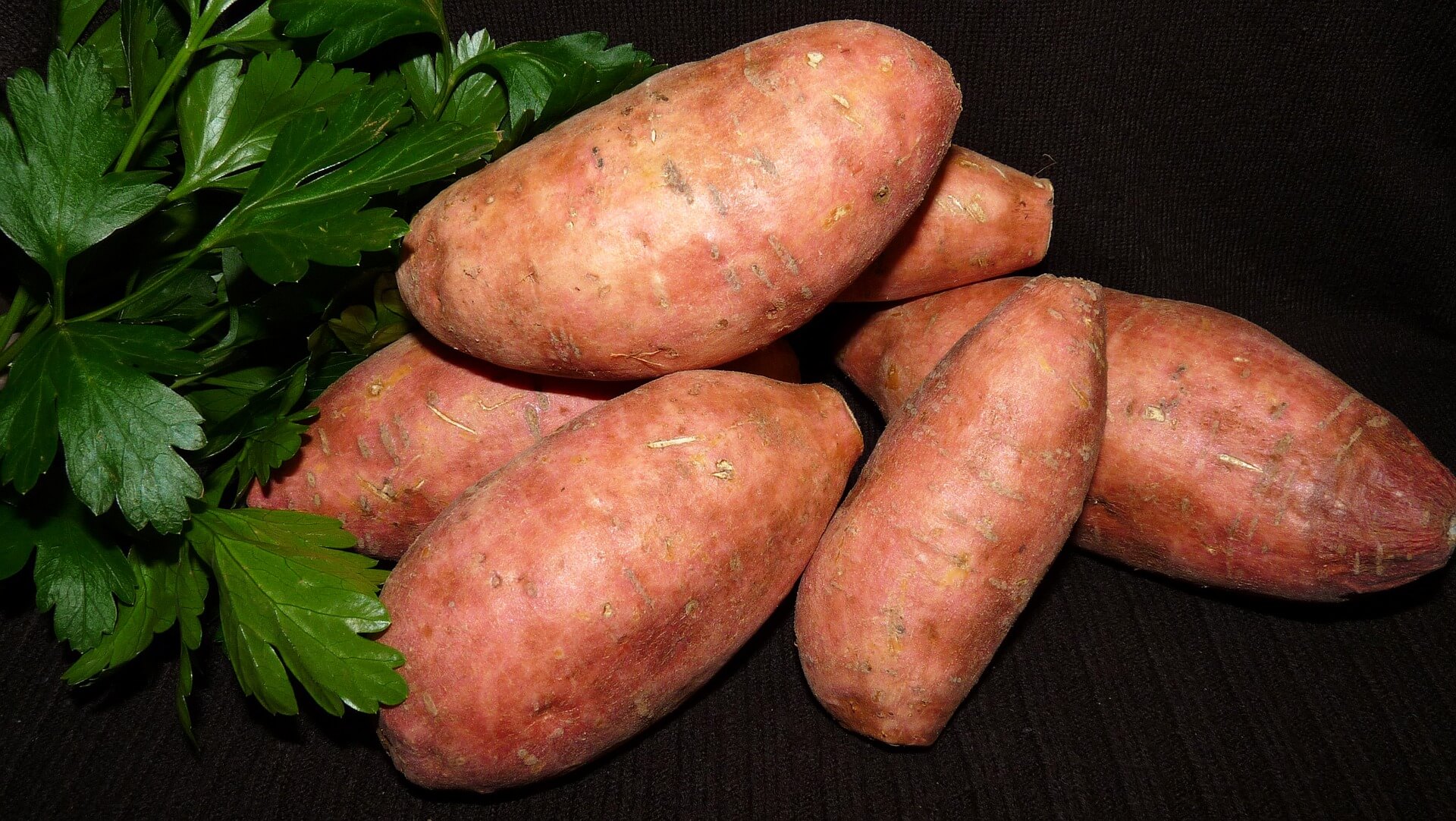
At 114 calories per 8 ounces, sweet potatoes also come with 27 grams of carbohydrates, 2.1 grams of protein, and 0.1 grams of fat. They are high in Vitamin A, Vitamin B-6, and calcium as well.
Sweet potatoes are versatile and pair well with almost any food. They can be eaten for breakfast, lunch, or dinner and are easy to cook and prepare. And before you ask, they’re highly affordable.
Almonds
Almonds are one of the best superfoods on our list! Almonds are portable superfoods that have many benefits. Just a handful goes a long, long way in helping your health!
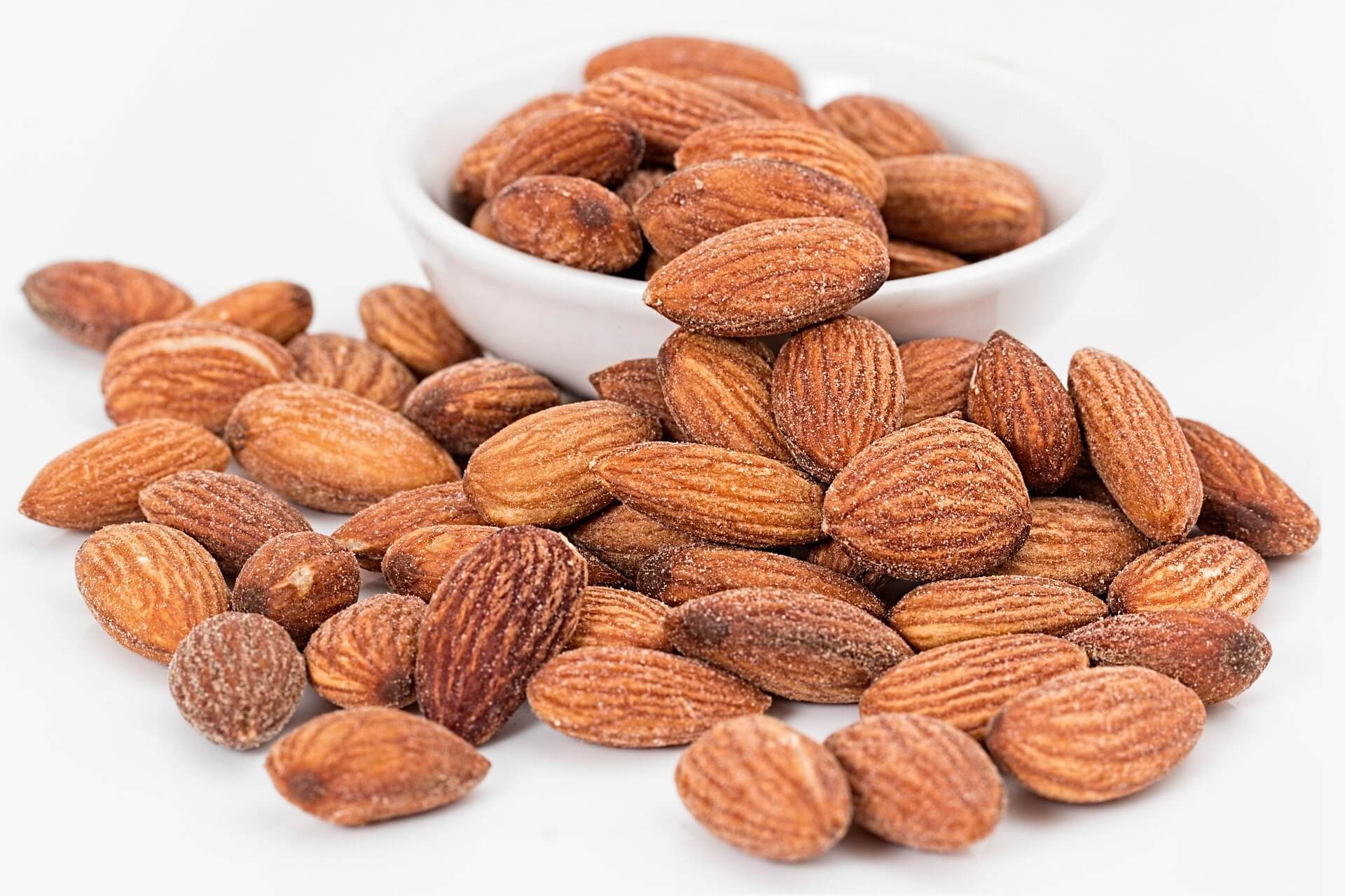
Almonds have been rightfully named superfoods because they are loaded with protein, fiber, healthy fats, vitamin E, manganese, and magnesium. Almonds are also the most nutritionally dense nut, meaning you get the highest concentration of nutrients per serving. This is another superfood that really just depends on the brand you get. There are tons of organic options, which tend to be even more expensive than non-organic options.
This superfood is a great grab-and-go snack but can also be enjoyed as a topping for oatmeal or a salad, chopped up and put into your favorite side dish, or even as milk or as almond butter. Whole nuts can be used in homemade trail mixes or crushed up and added to bread and cookies. Almond butter can be used on toast in the morning for a healthy dose of protein to start the day!
Almonds have a mild and have a nutty flavor (obviously). You can get them in several flavors, so if you want to make them a go-to snack instead of your typical unhealthy chip option, these are a great way to go. Almonds are priced in the average range of other nuts. However, almond butter is more expensive than peanut butter because it takes so much nuts to make the creamy butter.
Garlic
Hopefully, you aren’t a vampire because garlic is a tiny superfood that packs in enormous benefits. Research has shown that eating garlic has many benefits, especially for your heart and immune system. This superfood has also been named one of the top cancer fighters by the National Cancer Institute.
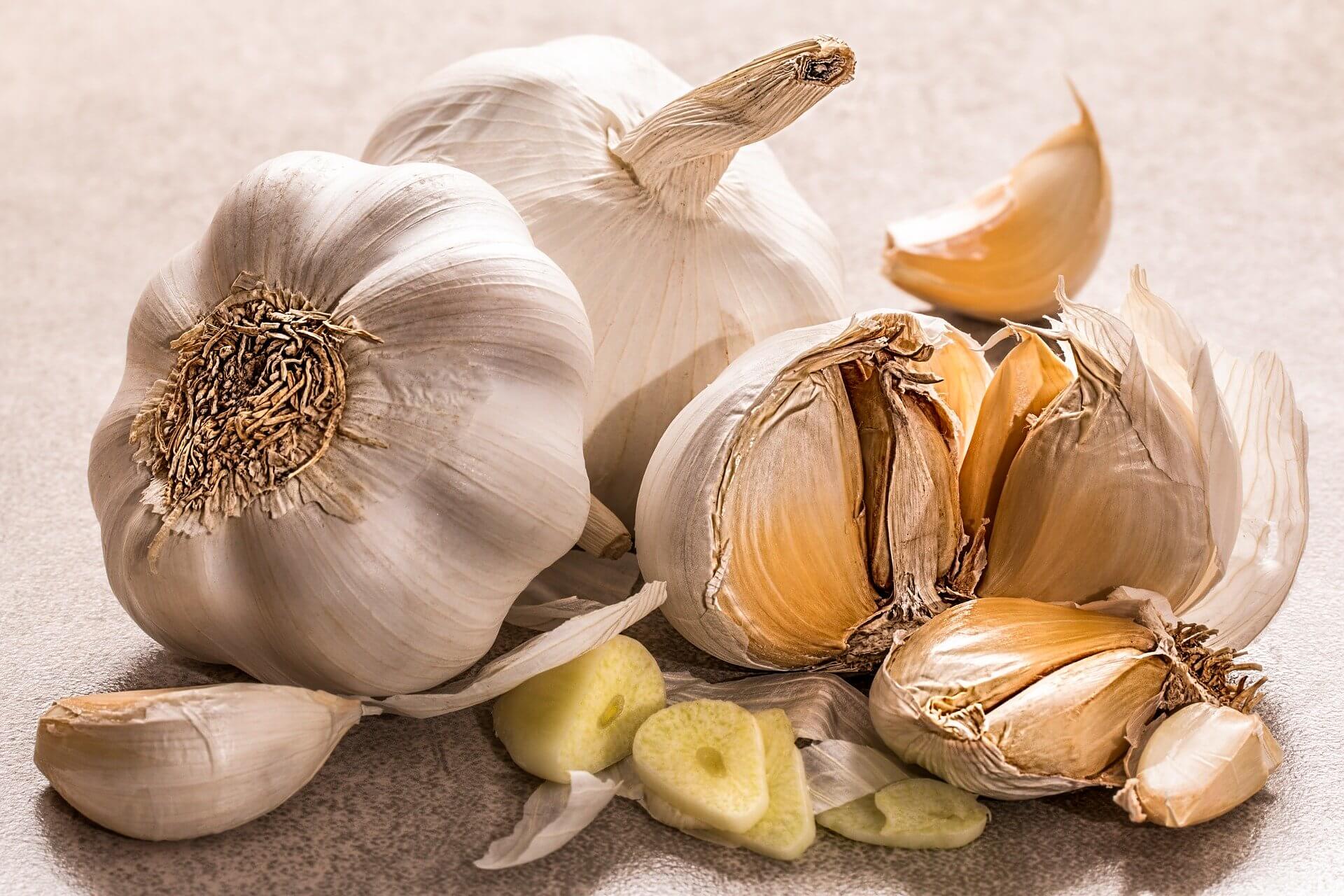
Eating 2 cloves of garlic each day has been shown to reduce heart attack risk in heart disease patients, as well as helping to prevent clogged arteries and lower triglyceride and cholesterol levels. In addition, garlic is antibacterial and antiviral, which will help battle colds and infections.
In terms of product purity, you have a lot of options to choose from. Of course, the less organic options are more affordable, but even the organic options are not too expensive, so it is worth the investment. Garlic comes in many forms – whole, already minced, powdered in the spice aisle, along with a few others. Try adding a bit to every meal to get in your daily dose of these superfoods.
Garlic has a strong flavor and can make your breath stinky, so make sure you have some mints nearby. It is also fairly inexpensive and lasts a long time. It can be bought fresh in whole cloves, prepared florets, minced and diced cloves, and powder form. Each costs different amounts, and there are pros and cons to each. Many people end up using garlic in several different ways throughout the week in their meals to save money and use the garlic; however, it best suits the meal they are preparing.
Oats
Oats are typically a breakfast staple, but they can really be eaten at any time during the day. It is not as delicious, colorful, and flashy as others on our list, but it is still a great addition to your diet and is the most affordable superfood!
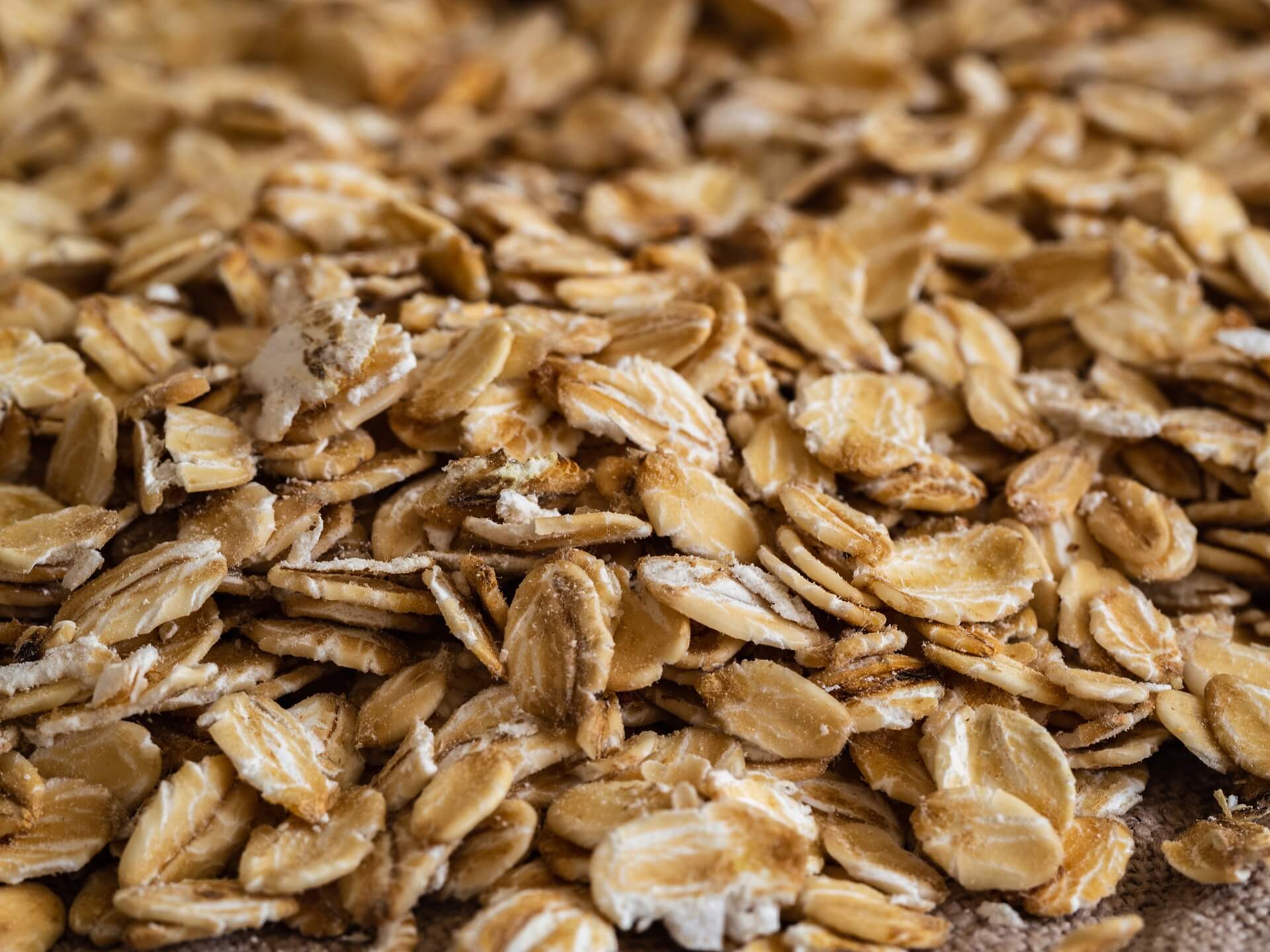
They are high in fiber, antioxidants, and protein and are proven to lower your cholesterol and improve overall health. In addition, they can help keep you regular, helps with digestion and stomach issues and can help your systems stay balanced.
Oatmeal is another option that is available in both organic and non-organic options. As far as product purity goes, there is oatmeal out there riddled with sugar and filled with many unnecessary ingredients. Make sure to take a close look at the ingredient list to ensure you are getting an oatmeal brand that features ingredients you can trust. Delicious and can be mixed with fruits and many other foods. It can be eaten warm or mixed in raw into your shakes or smoothies.
Oatmeal has a bland and slightly nutty taste. However, there are many flavors you can choose from, and you can always add some sugar or fruits to sweeten it up. Highly affordable, easy to find, versatile to use, and tasty, healthy whole grain oats may be one of the most underrated of the superfoods.
Chia Seeds
Chia seeds are one of the healthiest plants on the planet, which is why they are such nutritionally charged superfoods. However, it’s no surprise that “chia” is the Mayan word meaning strength!
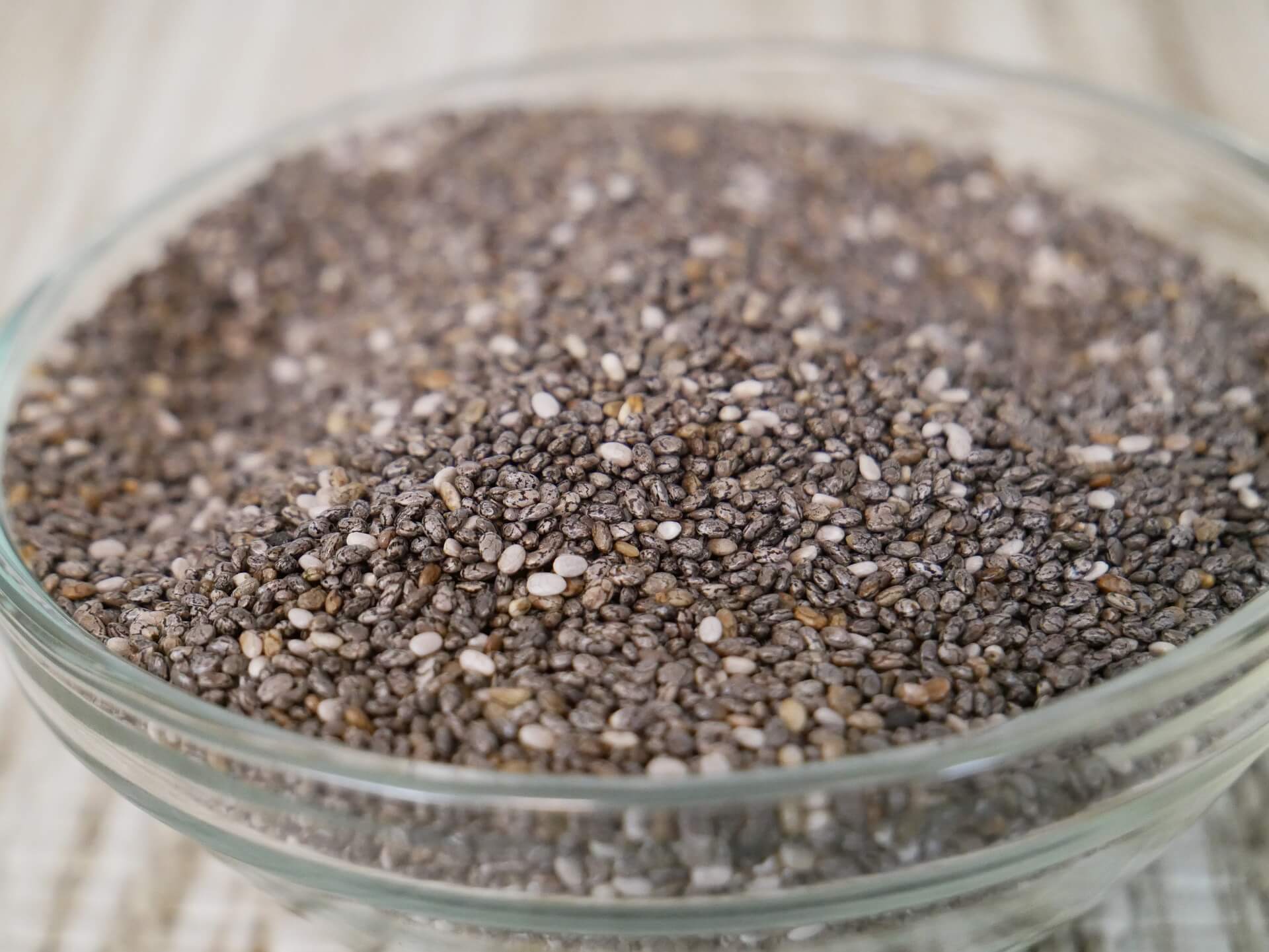
In just one tiny ounce of chia seeds, there are 11 grams of fiber, 4 grams of protein, and high percentages of the RDV of calcium, manganese, magnesium, and phosphorous. Plus, chia seeds are loaded with antioxidants and omega-3 fatty acids, which help fight diseases and inflammation. Like many other superfoods, chia has been linked to reductions in the risk of heart disease and type 2 diabetes.
For the most part, most chia seed brands are organic–but not all of them are. Make sure to look at how the chia seeds are sourced and whether or not they are USDA certified organic. They are great when blended into a smoothie or added to a recipe like bread, pancakes, or even salad dressing. Vegan users make a chia gel mixture to serve as a replacement or oil and eggs in baking.
Chia seeds are unique because of their gel-like texture, which some people find difficult to like. But they are about the same price as other seeds and nuts, but remember, a little goes a long way! So, instead of a serving being a handful or a cup full, you are looking at 1-2 tablespoons being a serving. So sprinkling them in a salad or a smoothie is a quick and easy way to use this superfood!
Cacao
Cacao is an underestimated superfood that many people are looking to past. It is high in antioxidants, fiber, and increases your energy. Its flavor pairs well with smoothies, shakes, yogurt, and almost anything sweet in flavor.
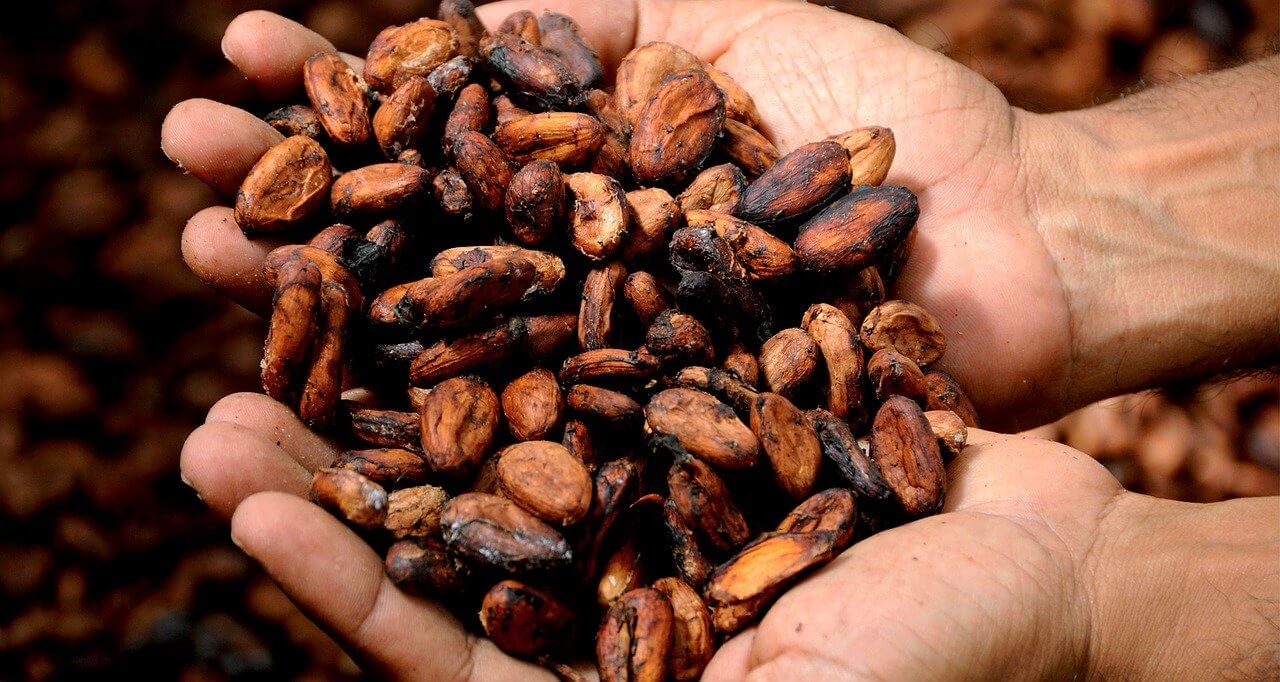
Cacao is low in calories but rich in antioxidants, fiber, and immune-boosting supplements. In addition, it has high levels of Magnesium and Potassium and uses theobromine to provide you with an energy boost.
Mostly only marked as organic and USDA approved. It is a tasty way to add some healthy vitamins and nutrients into your diet, and it is also an excellent way to make snack time a little healthier too! They are definitely best when thrown into your shake and blended–not much work, just throw them in the blender!
It has a mild and slightly bitter taste. It is easily masked when mixed with your shakes, drinks, yogurt or breakfast bowls. This supplement is affordably priced. It comes in several price options, depending on the brand you choose.
How nutrient-dense is this food?
Scientists are beginning to identify specific criteria that can be used to label a food as a “superfood officially.” However, the criteria that researchers have shown holds the most validity in that superfoods are nutrient-dense. They have defined nutrient-dense foods as those that provide 10% or more of the daily value of disease-fighting nutrients, including potassium, protein, fiber, iron, calcium, riboflavin, thiamin, niacin, zinc, folate, as well as vitamins K, E, B6, B12, D, C, and A.
So, in selecting the superfoods that comprise our list, we put nutrient density at the forefront of our criteria since this is the way science is leaning in its quest to give a legal definition to the term “superfood.”
Would Any Of These Be Considered A Whole Food?
Processed foods, meaning those that are somehow made using a chemical process or contain refined or artificial ingredients, are bad for you.
Really bad for you.
Most processed foods contain one or more: sugar; high fructose corn syrup; refined carbohydrates; artificial ingredients; trans fat; and/or vegetable oils. They have also been shown to lead to overconsumption and food addiction, and are usually low in nutrients and dietary fiber. Additionally, regular consumption of processed foods has been linked to various health problems, including insulin resistance, high triglycerides, heart disease, obesity, and diabetes, just to name a few.
So, after all of that devastating information, we find it really important for superfoods to be whole foods, meaning a simple, single-ingredient item that has not undergone extensive processing before consumption.
Is this a common food?
Some options are considered regional foods, so they are only available to the people that live in that area. The superfoods on our list are foods that can be found in any region of the country, so there are no special trips or internet orders required to get your hands on any superfood on our list.
How accessible is this food?
Healthy food should be available in every neighborhood supermarket so that all people can include healthy foods as part of their balanced diet. The superfoods on our list were selected because of their high accessibility, or in other words, ease of purchase. If the food is only available at select gourmet grocers or can only be ordered from the internet, we did not include it as one of our superfoods.
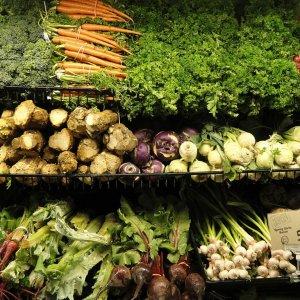
Is this food affordable?
Our list of superfoods includes foods that are not only common and accessible but ones that are also affordable on any budget. Healthy foods, like superfoods, should be able to be a part of every person’s diet, regardless of their income. In addition, many superfoods are seasonal foods, so the best way to make sure you are paying the lowest price for fresh and high-quality superfoods is to purchase them when they are abundant and in season.
Does this food taste good?
Obviously, everyone wants to eat food that tastes good. If someone told us that mud was a superfood, we wouldn’t just start eating it because it has a fancy new label. We know mud tastes awful (from wet and muddy race experiences, not by choice) and therefore wouldn’t eat it, even if it was a superfood. We included foods on our list of superfoods that are some of the highest-rated in taste satisfaction, which means that it is highly likely that you will enjoy them if you try them.
Some Important Things To Keep In Mind
Dietary Needs
Two factors go hand-in-hand when considering which superfoods you begin to include as part of your diet. These factors are your personal preferences and your dietary needs.
You naturally dislike some foods because of their taste or texture, so you certainly wouldn’t include these as part of your diet just because it has been labeled a “superfood.” Similarly, if you follow a specific type of diet, such as veganism, you probably aren’t going to suddenly include salmon or eggs in your meals because they are superfoods. The same idea goes for food allergies. For example, if you are allergic to nuts, avoiding them is still the best choice for you, since having the label of “superfood” doesn’t make you immune to the allergy.
Even though superfoods have plenty to offer, using a little common sense is the best way to ensure the superfoods you choose are ones you will actually, and that won’t have any harmful side effects (like anaphylactic shock).
Accessibility and Budget
Everyone lives on a budget. However, eating a well-balanced diet that includes superfoods should not break the bank. With a little planning, research, and grocery ad hunting, you can eat healthily and still have plenty of money left for other fun things (like entering races!).
First, buy foods that are accessible in your region and at your local grocery store. The farther away you have to go to get the food you eat, the more expensive it will be. So, see what superfoods are local and available in your region. These will most likely be not only the easiest to get but also the least expensive.
The second thing to look into is when your available superfoods are actually in season. Most superfoods are available on a seasonal basis (like produce), and when they are in season, their abundance makes them cheaper. So to keep your food budget as low as possible, plan your menus to include superfoods when they are in season. This will not only save you money, but it will also add variety to your diet.
Frequently Asked Questions
Below are some frequently asked questions that may help clarify some ideas about superfoods, and may even inspire you to ask some questions of your own. These are some of the questions most commonly asked by consumers.
Q: What do all superfoods have in common?
The greatest commonality among all superfoods is that they are nutrient-dense. Studies have shown that what makes a superfood “super” is that it provides 10% or more of the daily value of disease-fighting nutrients. These nutrients include fiber, potassium, protein, iron, calcium, thiamin, niacin, riboflavin, zinc, folate, and vitamins B6, A, B12, D, C, k, and E.
Q: What are the superfoods that I should try to eat regularly?
Well, there really is no definite answer to this question. Since there are no legally-defined criteria for superfoods, medical professionals do not have a set of metrics from which to grade or rank the effectiveness of superfoods. However, foods considered superfoods are nutrient-dense, healthy, whole foods that should be included as a regular part of a balanced diet rich in lean protein and fiber and includes absolute minimal amounts of processed foods.
No amount of superfoods can reverse the effects of eating fast food. Superfoods should be just one component of your balanced diet. Plus, everyone has different food preferences and dietary needs, so you should include the healthy superfoods that you actually like regularly.
Q: Is there a special way I need to prepare superfoods to maximize the benefits?
The answer to this question depends on what superfood you are eating. For example, kale is a superfood that, when cooked, loses most of its nutrient density. This means that kale really only retains its superfood powers (i.e. nutrient density) when eaten raw. The same goes for many nuts, like walnuts.
However, cooking some superfoods, like blueberries or tomatoes, can enhance specific nutrients. For example, cooking them helps the body process lycopene in tomatoes, and cooked blueberries contain greater amounts of minerals, like calcium and potassium, than raw blueberries. So the best thing you can do is do a little research about how cooking a specific superfood affects its nutrient density.
Q: Can you get the benefits of superfoods from a vitamin or supplement?
Medical professionals say that if you don’t have any major underlying health conditions and eat a balanced diet, there is really no need to take a nutritional supplement, like a vitamin. With this in mind, no vitamin or supplement can truly replace whole food. Whole foods provide us with vitamins and minerals, they also supply our bodies with protein, fiber, fats, and calories that we need to have the energy for all of the activities we do (like run!).
And, although lab testing is available, it has been found that the concentrations of nutrients in vitamins and supplements can be highly variable, so you may not be getting what you pay for. Sticking with a well-balanced diet rich in whole foods is the best way to get the vitamins and minerals your body needs.
Q: Isn’t the whole “superfoods” movement just a fad or a scam?
Some foods have indeed had a lot of superfood hype around them, like acai, and then have been shown not to have nearly all of the benefits that they were claimed to have. It is also true that there is no current legally-standardized definition of “superfood.”
However, scientists and medical professionals are currently working on officially defining this term, and they are getting closer to a finalized set of criteria every day. Thus far, research is demonstrating that these types of foods have one major commonality: nutrient density. With the research beginning to identify characteristics of superfoods, it is safe to say that this is not a scam or even a movement- superfoods are a real thing.
This is our method for determining the best superfoods. It is important to keep these points in mind, especially when including more superfoods as part of your balanced diet.
Q: Why should we be consuming Superfoods?
This might be an obvious answer, but because it is good for you. It is in the name – Super. These foods are filled with vitamins and nutrients. If you consume these, it is easier to obtain a healthy lifestyle, as you can almost be certain you get all the nutritious benefits for a healthy body and well-being from these foods.
Sources
- , Defining Powerhouse Fruits and Vegetables: A Nutrient Density Approach, Clinical Informational Website
- , What's so super about superfoods? , Informational Health Website
- , 5 Questions About Superfoods, Informational Health Website
- , The World's Healthiest Foods, Informational Health Website
- , Superfoods You Need Now, Informational Health Website
- , 9 Ways That Processed Foods Are Harming People, Informational Health Website
- , Foods You Should Eat Instead of Taking Vitamins, Informational News Website
- , Acai Berries: Super Food or Hype? , Informational Science Website
Latest Articles
 Is It OK to Use Trail Running Shoes on the Road?While trail running shoes can be used on roads, especially in situations where a runner encounters mixed terrains or pref...
Is It OK to Use Trail Running Shoes on the Road?While trail running shoes can be used on roads, especially in situations where a runner encounters mixed terrains or pref... Is Running on a Treadmill Easier Than Running Outside?Runners have their own preferences, whether it is treadmill running, running outside on the road, or exploring trails. So...
Is Running on a Treadmill Easier Than Running Outside?Runners have their own preferences, whether it is treadmill running, running outside on the road, or exploring trails. So... How to Fix Sore Quads After Running?Rest, ice, gentle stretching, and over-the-counter pain relievers can help soothe sore quads after running. Also, ensure ...
How to Fix Sore Quads After Running?Rest, ice, gentle stretching, and over-the-counter pain relievers can help soothe sore quads after running. Also, ensure ... 10 Fruits With The Most Electrolytes to Replace Sports DrinksThese fruits are high in electrolytes such as potassium, magnesium, and calcium, essential for hydration, muscle function...
10 Fruits With The Most Electrolytes to Replace Sports DrinksThese fruits are high in electrolytes such as potassium, magnesium, and calcium, essential for hydration, muscle function...

